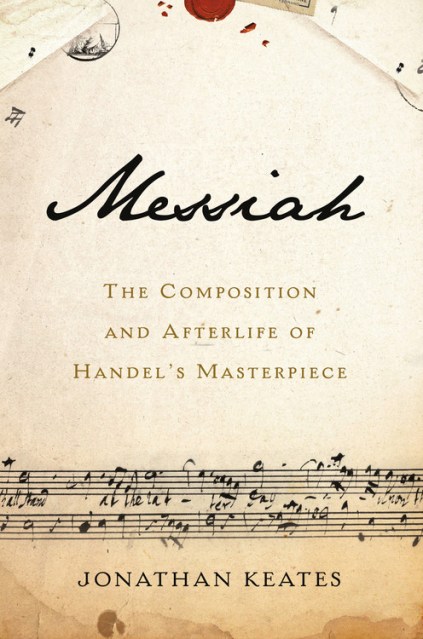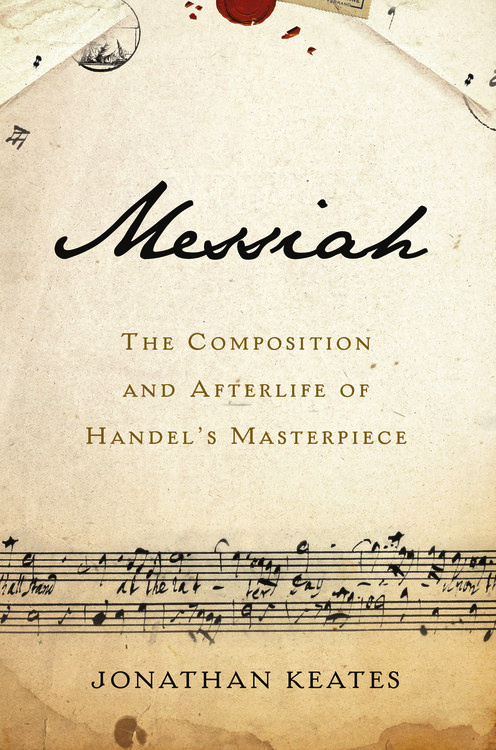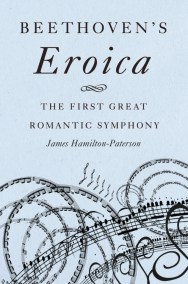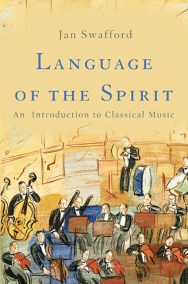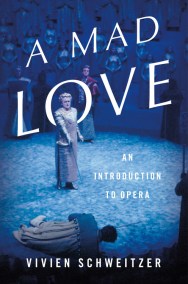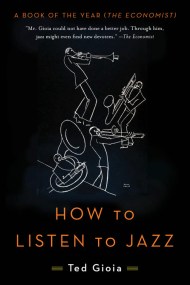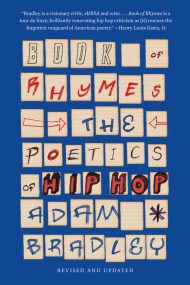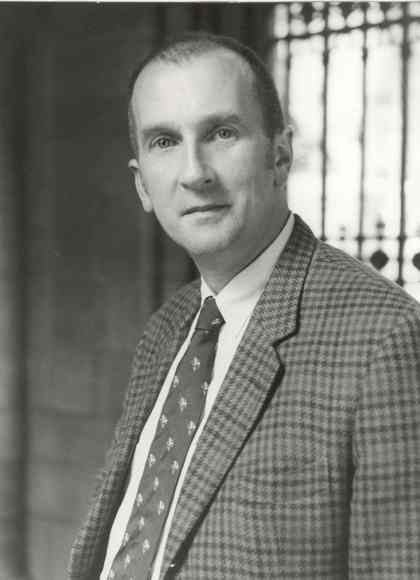Promotion
Use code FALL24 for 20% off sitewide!
Messiah
The Composition and Afterlife of Handel's Masterpiece
Contributors
Formats and Prices
Price
$25.00Price
$32.50 CADFormat
Format:
- Hardcover $25.00 $32.50 CAD
- ebook $15.99 $20.99 CAD
This item is a preorder. Your payment method will be charged immediately, and the product is expected to ship on or around October 24, 2017. This date is subject to change due to shipping delays beyond our control.
Also available from:
In the late summer of 1741, George Friderick Handel, composed an oratorio set to words from the King James Bible, rich in tuneful arias and magnificent choruses. Jonathan Keates recounts the history and afterlife of Messiah, one of the best-loved works in the classical repertoire. He relates the composition’s first performances and its relationship with spirituality in the age of the Enlightenment, and examines how Messiah, after Handel’s death, became an essential component of our musical canon.
An authoritative and affectionate celebration of the high-point of the Georgian golden age of music, Messiah is essential reading for lovers of classical music.
Genre:
- On Sale
- Oct 24, 2017
- Page Count
- 176 pages
- Publisher
- Basic Books
- ISBN-13
- 9781541697355
Newsletter Signup
By clicking ‘Sign Up,’ I acknowledge that I have read and agree to Hachette Book Group’s Privacy Policy and Terms of Use
